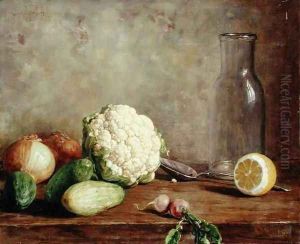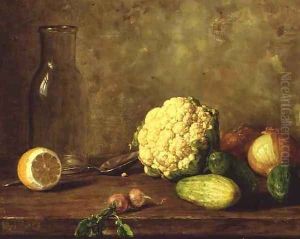Alfred Hirv Paintings
Alfred Hirv was an Estonian artist, best known for his contributions to the field of landscape painting. Born on October 21, 1880, in Suure-Jaani, a small town in the Viljandi County, Hirv grew up in the picturesque countryside of Estonia, which would later become a central theme in his artwork. He demonstrated a keen interest in art from an early age and pursued his passion for painting by studying at the St. Petersburg Academy of Arts, which was one of the most prestigious art institutions in the Russian Empire at the time.
During his studies, Hirv was heavily influenced by the Russian realist painters and the broader European art movements that were accessible through the academy's extensive network. After completing his education, he returned to Estonia, where he became an active member of the local art scene. He was known for his use of vibrant colors and his ability to capture the unique qualities of light that characterized the Estonian landscape. His paintings often depicted rural scenes, forest views, and the changing seasons, which resonated with the national romanticism movement that was gaining momentum in Estonia during the early 20th century.
Despite his promising career, Alfred Hirv's life was cut short by the Spanish flu pandemic that swept across the world in 1918. He passed away on November 2, 1918, at the age of 38, leaving behind a legacy that would influence future generations of Estonian artists. His works are today considered an important part of Estonia's national heritage and can be found in various museums and collections across the country. While his oeuvre may not be as extensive as those of his contemporaries due to his untimely death, the quality and emotional depth of his paintings continue to be celebrated.

